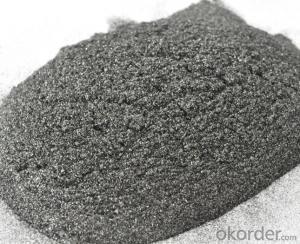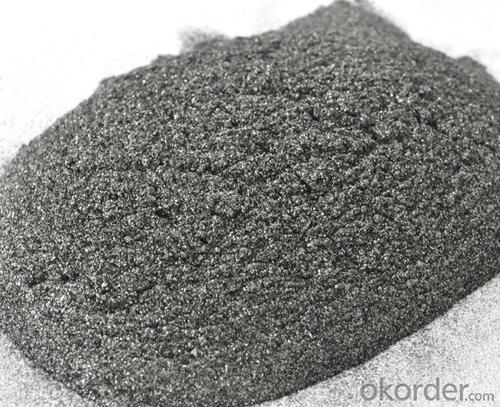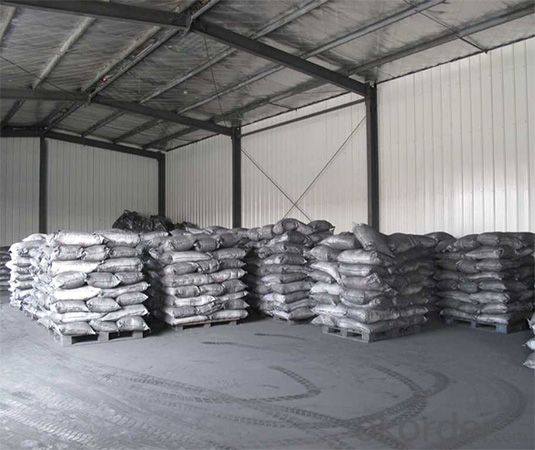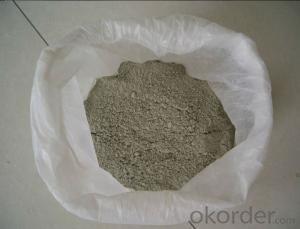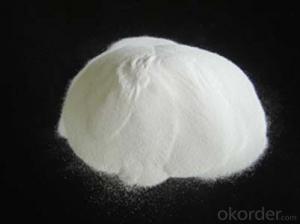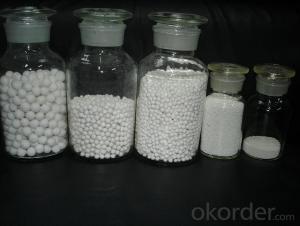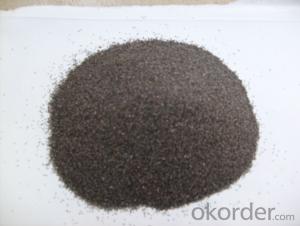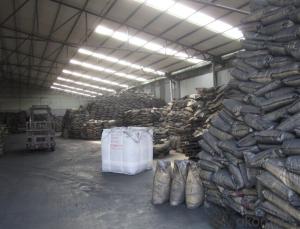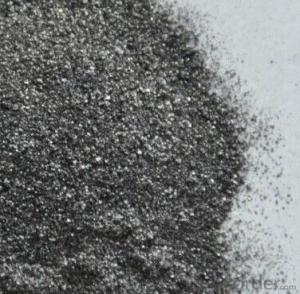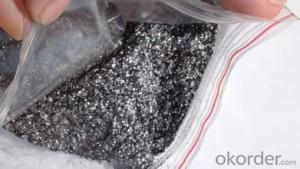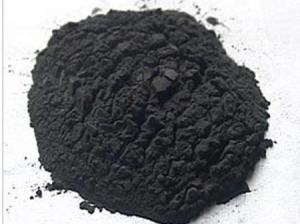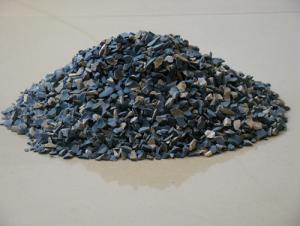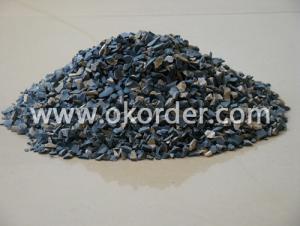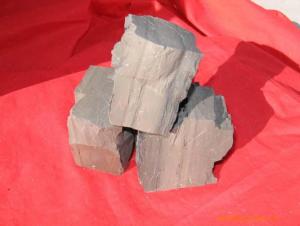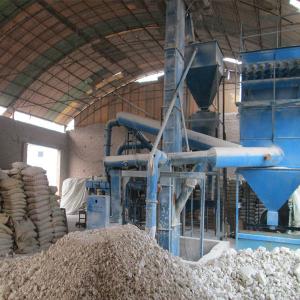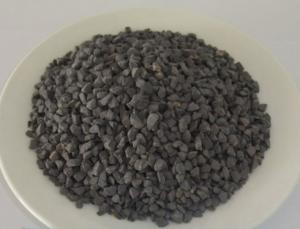Raw Materials for Refractory:Flake Graphite 285 / High Quality CNBM China Supplier
- Loading Port:
- Qingdao
- Payment Terms:
- TT OR LC
- Min Order Qty:
- 50 m.t
- Supply Capability:
- 5000 m.t/month
OKorder Service Pledge
OKorder Financial Service
You Might Also Like
Flake Graphite285 With Good Performance
Features
Perfect crystallization, great size in flake, high density, low content of mica, high luminance, excellent physical properties, such as resistance to high temperature, electric and thermal conductivity, self lubricity, and superior chemical stability.
Sizes
Adjustable to meet customer requirements, and major sizes include 50, 80,100, 120,150,200,325 mesh
Specification
1.Perfect crystallization, great size in flake, high density
2.Low content of mica,high luminance
3.Excellent properties
Usage
Crystalline flake graphite is widely used as an essential nonmetalic mineral in almost all industries.
It can be used as high-quality refractory material or coatings in metallurgical industry.
Black lead in light industry
Carbon brush in electronics industry.
Electrode in battery industry
Catalyst in chemical fertilizer industry.
Being deep processed,crystalline flake graphite can be expandable graphite and many other high-tech products.
Packing
Provide various packing options according to customer requirements. Including Woven Bags, Paper Bags and Plastic Bags of 25KG, 50 KG, and 1000KG.
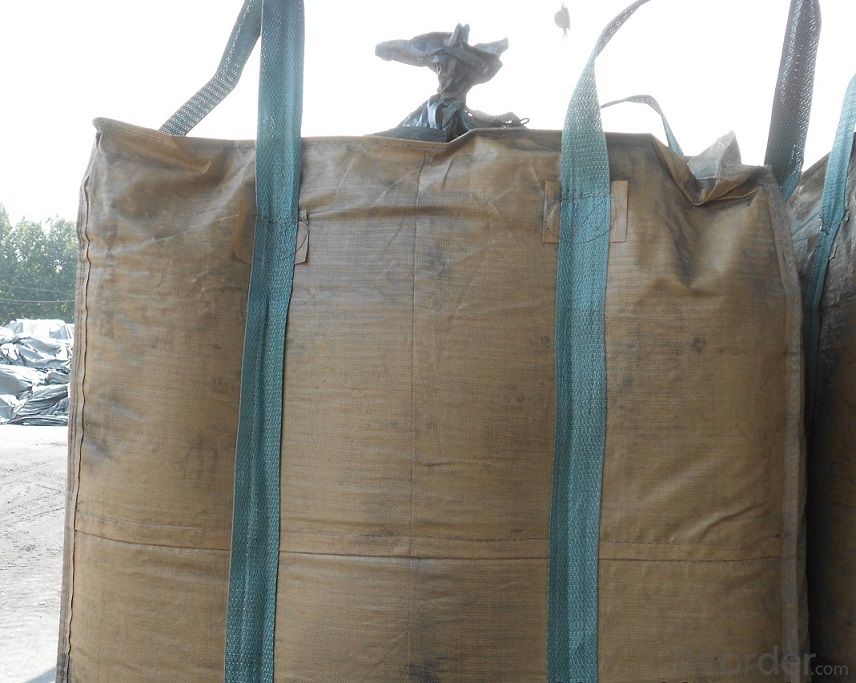
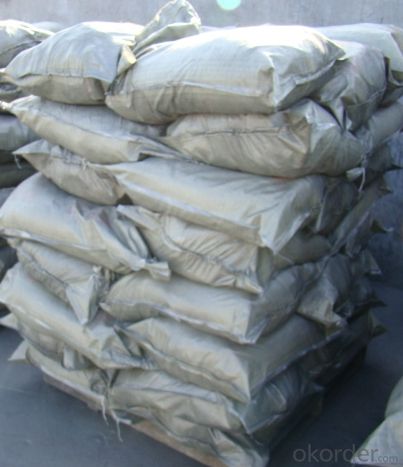
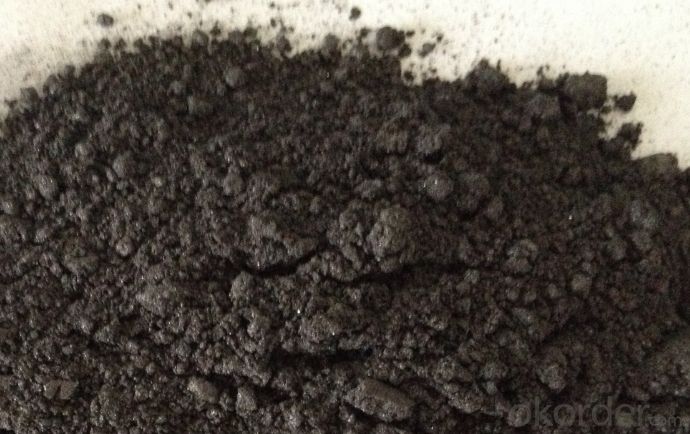

- Q: What's the maximum temperature that the high-temperature resistant refractory ceramic fiber cotton can endure?
- It depends on what material the ceramic fiber gasket uses. It’s usually referred to high temperature gasket made from ceramic fiber paper. It is generally classified into normalized form and high alumina type, of which the former can resist the maximum temperature of 1260℃ and its continuous use temperature is 1000℃, and the latter can be used for a long period at the temperature of 1200℃. Nichrome wire, stainless steel wire and glass fiber are reinforced. Ceramic fiber coating cloth and slag cloth, sintering ceramic fiber cloth and ceramic fiber fumigation cloth) Characteristics of the ceramic fiber cloth: It has high temperature resistance, low heat conductivity, thermal shock resistance, low thermal capacity; superior insulating property at high temperature, long service life; resistance to nonferrous metals like molten aluminum and zinc erosion; low and high temperature strength; innocuity with no adverse effect on the environment.
- Q: The mechanism and function of antioxidants in carbon containing composite refractories are briefly described.
- Mechanism analysis of silicon actionWhen silica fume is added to the carbon composite refractory, the phase changes and chemical changes are as follows:<1> Si (s) +C (s) =SiC (s) Delta G ~ =-522+1.50T (kJ)<2> Si (s) +MgO (s) =Si (g) +Mg (g) Delta G ~ =203.9-0.13T (kJ)<3> 2Si (s) +CO (g) =SiC (s) +SiO (g) Delta G ~ =-963.2+0.31T (kJ)<4> SiC (s) +CO (g) =SiO (g) +2C (s) Delta G ~ =81.47-0.15T (kJ)<5> SiO (g) +CO (g) =SiO2 (s) +C (s) Delta G ~ =-668.8+0.33T (kJ)From the above diagram and the reactions seen at high temperatures has joined the Si SiO and Mg volatiles, but <4> and <5> reaction have played a role in inhibiting carbon oxidation, and the condensation of SiO2 to a certain extent the role of protective film.The total reaction process is CO reduction to C, and there is a certain volume expansion, so that the pores are blocked and the density of bricks is increased. Therefore, the oxidation resistance of brick is improved.
- Q: Who knows what is the external wall thermal insulation materials for level A fireproofing?
- In general, external wall thermal insulation materials can be divided into level A and level B by combustion grading. Level A is non-combustible material, and level B is combustible materials. A few years ago, the fire of the CCTV Building and Shenyang Hotel put the blame on the level B material. At present, the level A material is widely used, and the prices of same level A materials may be even cheaper than the level B material. Level A material is generally divided into thermal?mortar, phenolic foam board, rock wool board and foam cement board. I hope this information can be helpful to you. Hope you adopt.
- Q: What are the features of construction class A fire resistant door ?
- 1, Save space and reduce cost. Feature of Nanjing Cathay Class A external wall thermal insulation materials : the thickness is between 60mm--180mm, so compared with the traditional block thickness, it saves architectural space greatly. At the same time, the weight is only 1/10 of that of the traditional wall, thus reducing coast in terms of architectural?structure. 2, Fireproof and green. Features of Nanjing Cathay class A fireproof external wall thermal insulation materials: fire endurance under high temperature of 1000℃ is 4 hours, and non-combustible performance can reach state A level, without any toxic gas in full compliance with international environmental standards. 3, Waterproof. Features of Nanjing Cathay Class A fireproof external wall thermal insulation materials: no slightest leakage when it is being used in containers for water without any waterproof finishing. It can be used in kitchens, bathrooms, basements and other wet areas. 4, Sound insulation. Features of Nanjing Cathay class A fireproof external wall thermal insulation materials: internal materials and EPS polystyrene foam granule have good properties of sound insulation and sound absorption. 90mm-thick wall can insulate 40dB sound, in line with national standard of sound insulation for residential building. 5, Thermal insulation. Features of Nanjing Cathay Class A fireproof external wall thermal insulation materials: main raw material is frezing resistant and thermal insulating material which is environmentally friendly and energy saving. With good effect of thermal insulation, it can keep indoor temperature at a constant level, so as to make the environment more comfortable.
- Q: What antioxidant will be used in refractories?
- Antioxidant: Si, Al, Mg, Ti, AlSi, AlMg, SiC, TiC, ZrC and these metal nitride, boride. Sintering agent: different mechanism, Cr2O3 to promote the sintering of alumina;CaO/MgO style promote ZrO sintering;Siliceous ramming material to add boron bottles, magnesia coating and clay, etc.
- Q: what's the fire endurance of fireproof?panel?
- Fire endurance of fireproof?panel is 3 hours, for example, 12 mm non-asbestos fiber reinforced calcium silicate board, fireproof?panel, two single 75 keel. through the monitoring of national fireproof construction materials quality supervision center, it's security and refractory time will reach over 3 hours. Fireproof board, also called fire endurance board, scientific name is thermosetting resin impregnated paper laminated wood.
- Q: I wanna ask what are the acidic refractories?
- (1) silica?brick with stronge acidity, unshaped silicious refractory, quartz glass and fused silica combined products; (2) semi-silica refractory with moderate acidity and pyrophyllite refractory; (3) clay-based refractory with weak acidity.
- Q: How to measure the influence of high-temperature performance of the products refractory in the formation of the liquid phase.
- Generally how can do high-temperature performance to measure how much liquid may affect hot bending strength rul refractoriness levels of high temperature creep?
- Q: Pals who know something about fire resistant material please tell me how many types of refractory material there are
- Refractory materials used in special applications include high temperature oxcide, such as alumina, lanthanum oxide, beryllium oxide, calcium oxide, zirconia and other, refractory compounds, such as carbides, nitrides, borides, silicides and sulfides; high temperature composite materials, mainly contain metal ceramic, high temperature inorganic coatings and fiber reinforced ceramics.
- Q: What are the additives and recipes of refractory?
- SM water reducing agent
Send your message to us
Raw Materials for Refractory:Flake Graphite 285 / High Quality CNBM China Supplier
- Loading Port:
- Qingdao
- Payment Terms:
- TT OR LC
- Min Order Qty:
- 50 m.t
- Supply Capability:
- 5000 m.t/month
OKorder Service Pledge
OKorder Financial Service
Similar products
Hot products
Hot Searches
Related keywords
